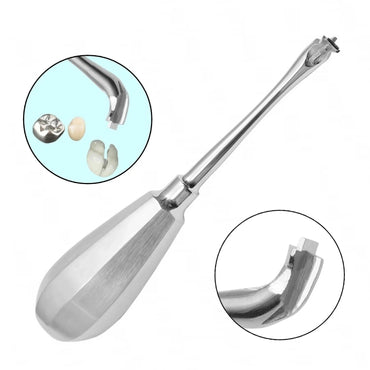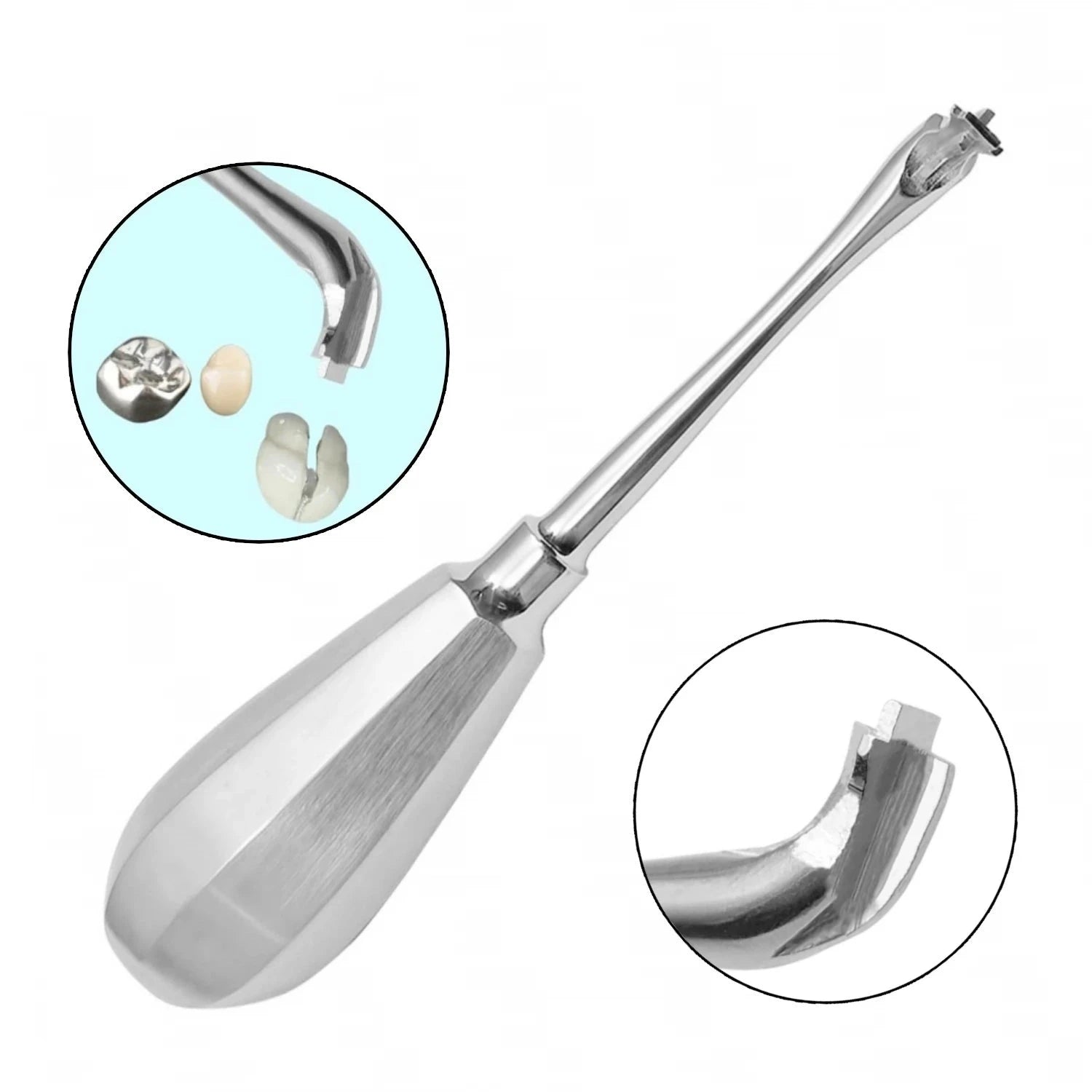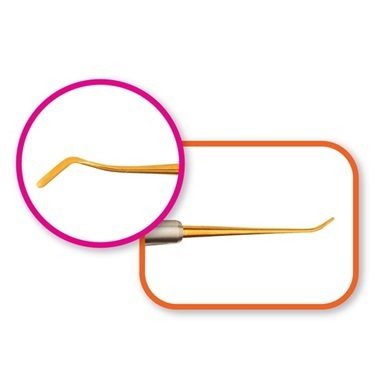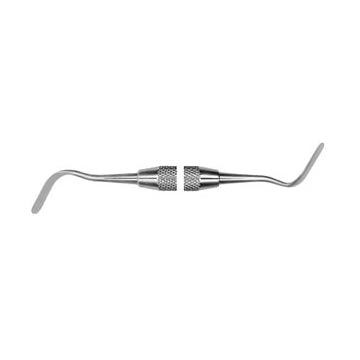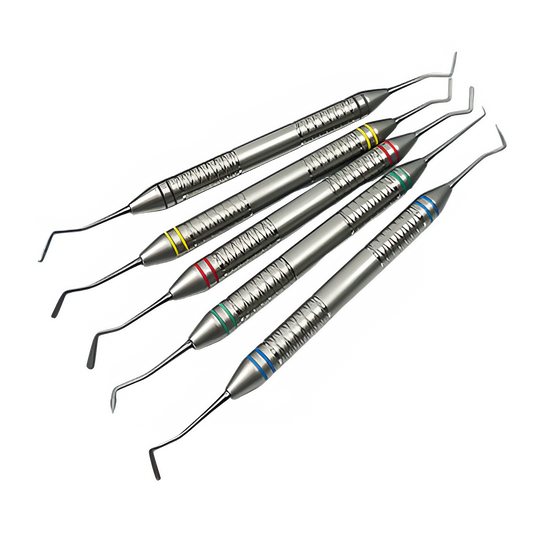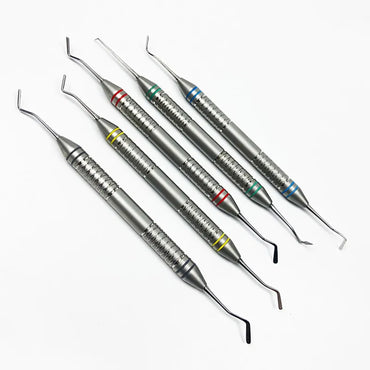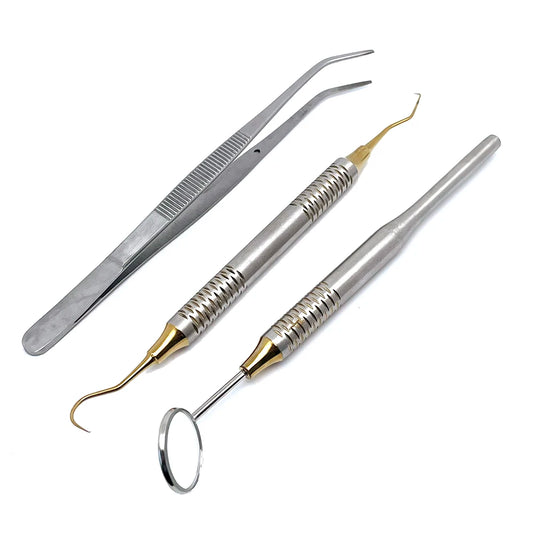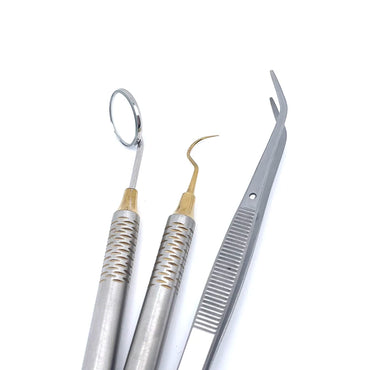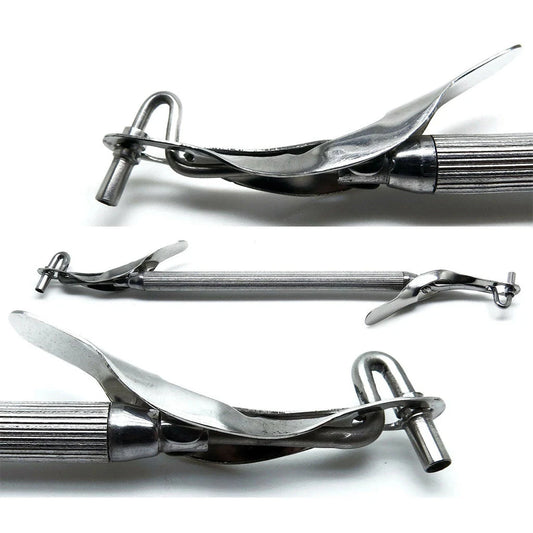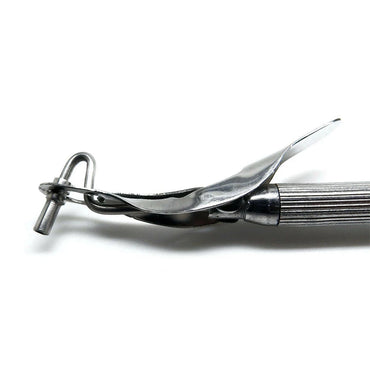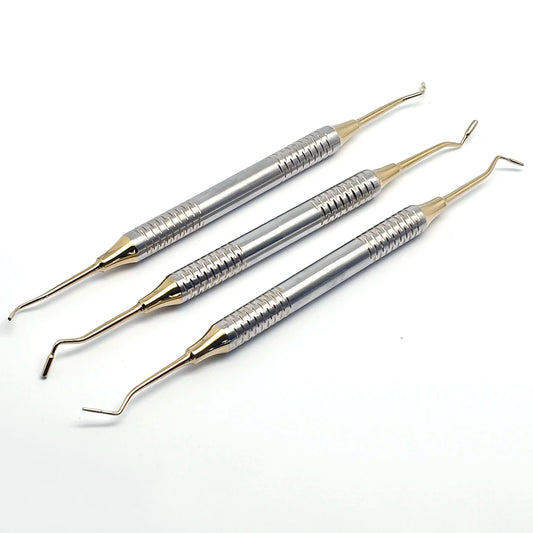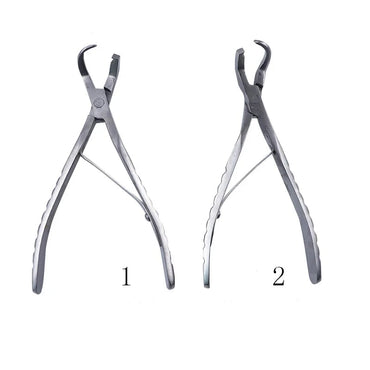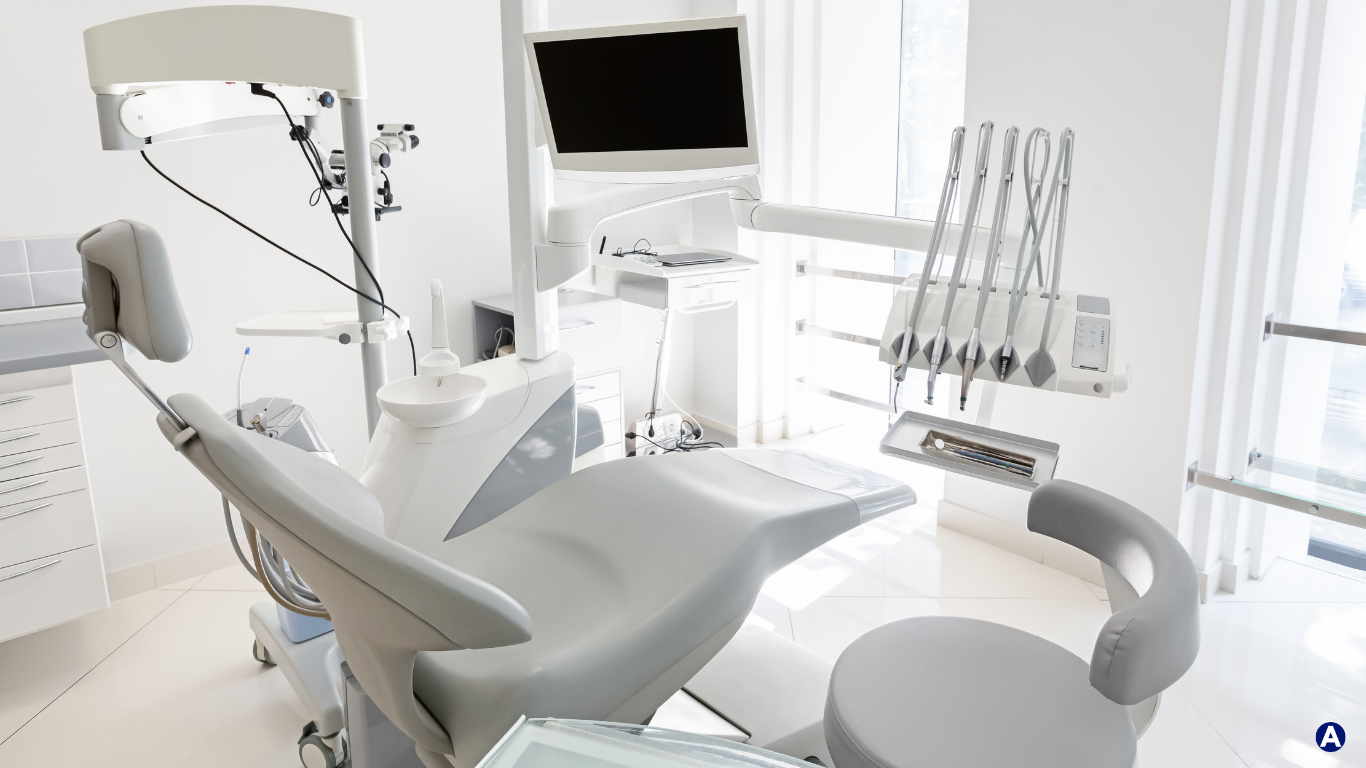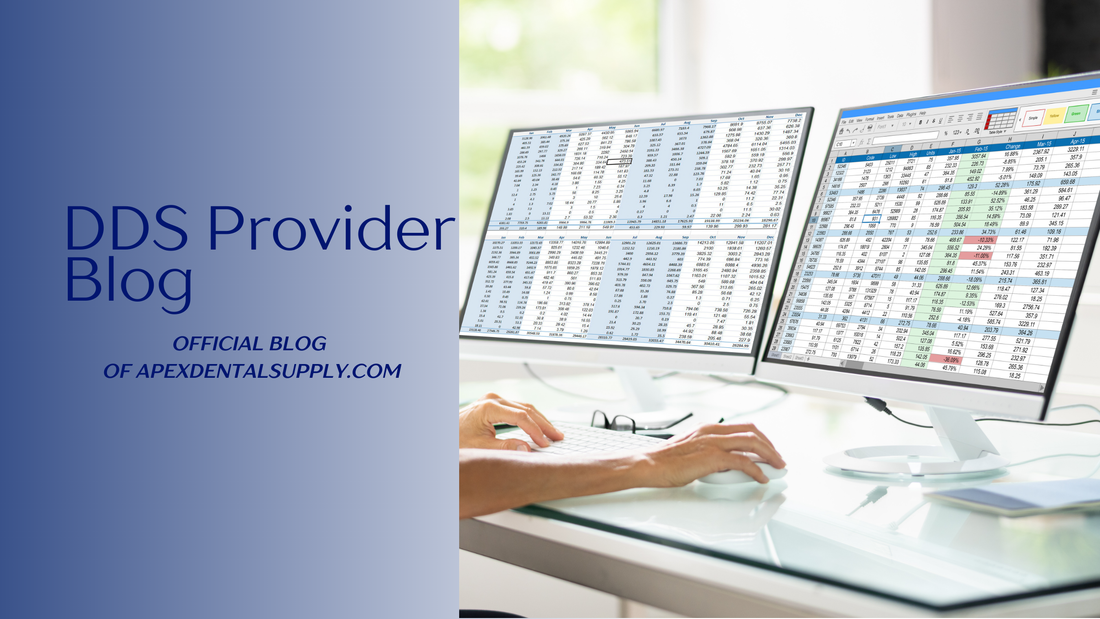
Unlocking the Benefits: Integration of CDT and SNODENT
In the field of dentistry, standardized coding systems are essential for accurate communication, diagnosis, and billing. Two significant coding systems widely used in dental practice are the Current Dental Terminology (CDT) and the Systematized Nomenclature of Dentistry (SNODENT). Though they serve different primary purposes, these systems are interconnected and often used in tandem to enhance the quality of dental care.
What is CDT Code?
The Current Dental Terminology (CDT) is a set of codes developed and maintained by the American Dental Association (ADA). These codes are primarily used for:
1. Billing and Insurance Claims: CDT codes ensure uniformity and accuracy in the reporting of dental procedures for insurance purposes.
2. Record-Keeping: They provide a standardized way for dental professionals to document procedures in patient records.
3. Communication: CDT codes facilitate clear communication among dental professionals and between providers and payers.
The CDT codes are updated annually to reflect advances in dental technology and procedures, ensuring that they remain relevant and comprehensive.
What is SNODENT?
The Systematized Nomenclature of Dentistry (SNODENT) is a comprehensive clinical terminology system developed by the ADA for use in electronic health records (EHRs). SNODENT serves several key functions:
1. Diagnosis Coding: It provides detailed codes for a wide range of dental conditions and diagnoses.
2. Clinical Documentation: SNODENT enables precise documentation of clinical findings and diagnoses in patient records.
3. Research and Public Health: The detailed coding helps in aggregating data for research and public health surveillance, facilitating studies on dental health trends and outcomes.
The Relationship Between CDT Code and SNODENT
Though CDT and SNODENT serve different primary functions, they are complementary systems that, when used together, enhance dental practice in several ways:
1. Comprehensive Patient Records: By using CDT codes for procedures and SNODENT for diagnoses, dental professionals can create thorough and precise patient records. This comprehensive documentation aids in better patient care and continuity of care.
2. Accurate Billing and Clinical Detail: While CDT codes are used for billing purposes, SNODENT provides the clinical detail necessary for understanding the context of the treatments provided. This integration ensures that the clinical rationale for procedures is well-documented, which can be crucial for insurance claims and audits.
3. Enhanced Communication: The standardized terminologies from both CDT and SNODENT facilitate better communication among dental professionals, as well as between providers and insurers. This leads to fewer misunderstandings and errors in patient care and billing processes.
4. Data Collection and Research: The detailed diagnostic information provided by SNODENT, combined with the procedural data from CDT, allows for richer data collection. This data is invaluable for dental research, helping to identify trends, improve treatment protocols, and inform public health strategies.
Integration in Practice
In practice, many electronic health record systems and dental practice management software are designed to integrate both CDT and SNODENT codes. This integration allows for seamless documentation, billing, and reporting, streamlining the workflow for dental professionals. For instance, when a dentist records a procedure using a CDT code, they can simultaneously document the corresponding diagnosis with a SNODENT code, ensuring that both the treatment and its justification are clearly recorded.
The CDT Code and SNODENT are both essential tools in modern dental practice, each serving distinct but complementary roles. CDT codes standardize the reporting of dental procedures for billing and communication, while SNODENT provides detailed diagnostic codes for comprehensive clinical documentation. Together, they enhance the accuracy, efficiency, and quality of dental care, benefiting practitioners, patients, insurers, and researchers alike. Understanding and effectively utilizing both coding systems is crucial for any dental professional aiming to provide the highest standard of care.




